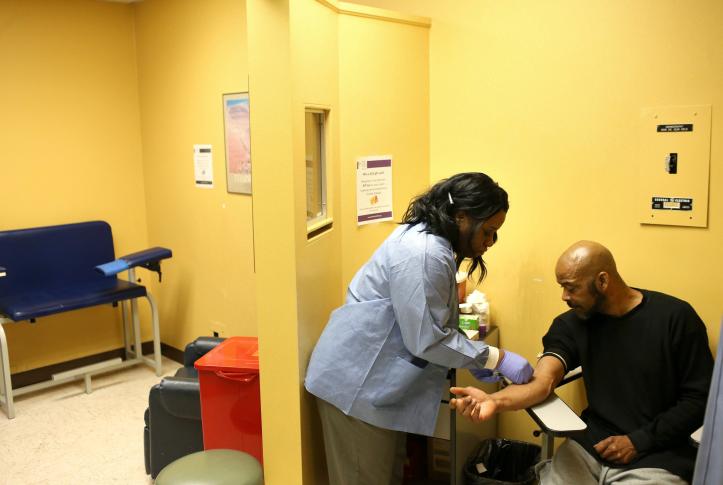The COVID-19 crisis has laid bare — and exacerbated — health inequities among people of different races and ethnicities. Given that more than half of the country’s 80 million Medicaid beneficiaries identify as Black, Latinx/Hispanic, Asian American, or other people of color, state Medicaid programs can play key roles in reducing these inequities. However, health inequities in Medicaid are not well understood and it is unclear which policy levers might be most effective in reducing them.
Evidence from Three States
Our recently published study in JAMA Health Forum used administrative data from three state Medicaid programs to explore racial inequities in Medicaid. We found that Black enrollees generated lower spending and had lower utilization, including of primary care services and recommended care for acute and chronic conditions, than white enrollees. Black enrollees were more likely than white enrollees to use the emergency department for avoidable reasons, which suggests they may have worse access to ambulatory care.
While Black enrollees used fewer services overall, they had higher rates than white enrollees of preventive screenings for conditions such as breast and cervical cancer that are assessed by the Healthcare Effectiveness Data and Information Set (HEDIS) measures. This finding is consistent with recent evidence on disparities from California.
Structural Barriers and Racism
Prior studies have explored features of the health care system that may contribute to racial and ethnic disparities in access to care, provider participation, and health outcomes for Medicaid enrollees. For example, enrollees who identify as members of racial and ethnic minority groups are less likely to report having a usual source of care, and providers are less likely to accept Medicaid patients in areas where a greater share of the population identifies as being part of a historically disadvantaged group. In addition to facing these structural barriers to accessing care, racial and ethnic minority groups face well-documented barriers to care because of interpersonal and structural racism.
How States Are Trying to Reduce Disparities
Because more than 70 percent of Medicaid enrollees are covered by managed care organizations (MCOs), states’ efforts to reduce health inequities have focused on Medicaid managed care, including instituting new requirements for MCOs. For example, some states are requiring MCOs to:
- train staff on health equity or racial bias
- develop a health equity plan
- report the race and ethnicity of their contracted providers
- establish dedicated staff roles focused on health equity
- develop policies aimed at addressing social conditions such as unstable housing or food insecurity that disproportionately affect beneficiaries of color.
Many states now require MCOs to report their performance on quality measures broken down by beneficiaries’ race and ethnicity. While this is an important first step, our findings suggest the need for more comprehensive analyses that go beyond quality measures such as HEDIS, to consider health care spending and service use.
To ensure that states do not miss potential inequities, we recommend policymakers consider a wider set of readily accessible measures — for example, prescription drug utilization by therapeutic class (e.g., statins) — that are or could be reported by MCOs. We also echo recommendations that states and MCOs should continue to improve the quality of race and ethnicity data in Medicaid and expand the available data sources to allow for more accurate and comprehensive measurement.
A small number of states are establishing payment incentives or withholds tied to MCO performance in health equity or compliance with equity-related contract requirements. Additional research is needed to inform such efforts, given that differences in racial/ethnic disparities between health plans may reflect differences among the beneficiaries the plans serve, rather than the relative effectiveness of those organizations at reducing disparities. Given these challenges, states may wish to consider paying for improvement rather than paying for performance. They also might consider approaches that direct more funding to providers that care for historically underserved populations, irrespective of their performance.
Medicaid programs have an opportunity to advance health equity, but policymaking in this area will require careful research as well as rigorous evaluations of the new initiatives states are rolling out.


